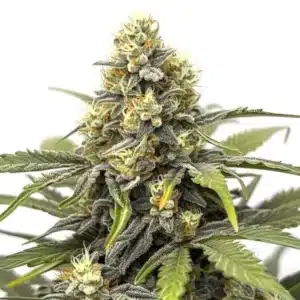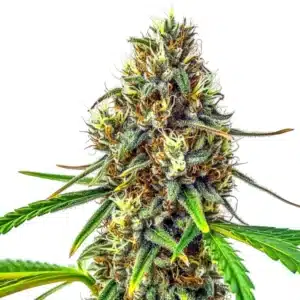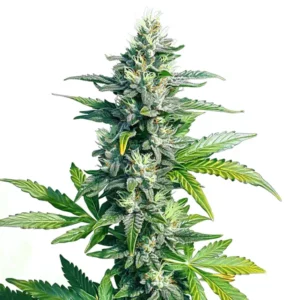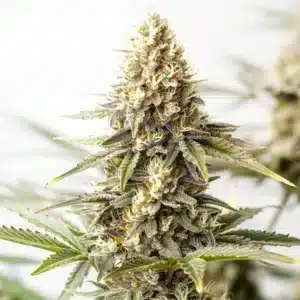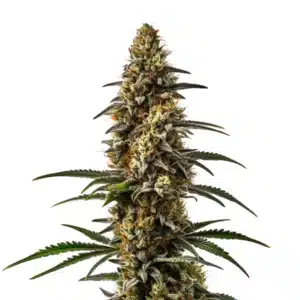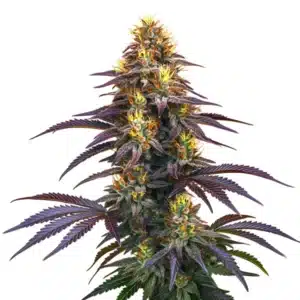
Terpene Beta Caryophyllene: Benefits & Applications
Synopsis of Beta Caryophyllene
Definition and Chemical Properties
Beta caryophyllene, a fascinating terpene, exhibits a distinctive spicy and peppery aroma that charms many enthusiasts. This compound belongs to a class of molecules called terpenoids, which impart unique aroma and flavor profiles to numerous plants. Its unique chemical structure includes a bicyclo[3.1.0]hexane skeleton that contributes to its stability and bioactivity. The molecular formula remains C15H24, and its boiling point sits around 160°C, which makes it relatively volatile and easy to extract. Researchers and cultivators value terpene beta caryophyllene for its capacity to deliver enriching sensory experiences and potential wellness benefits.
What makes terpene beta caryophyllene stand out among other similar compounds is its ability to interact directly with cannabinoid receptors in the body, particularly the CB2 receptor. This specific chemical interaction enables the compound to exhibit multiple therapeutic benefits that appeal to both the cannabis community and the broader wellness sector. In addition, its unique characteristics add depth to the plant’s scent while contributing significantly to overall benefits. Its robust properties help consumers enjoy both aroma and therapeutic potential in a dynamic manner.
Recommended Strains
Amnesia
|
|
THC | 15% - 20% (Medium) |
|
|
Type | Feminized |
|
|
Yield | Medium |
|
|
Phenotype | 30% Indica / 70% Sativa |
24K Gold Regular
|
|
THC | 19% - 22% (Medium) |
|
|
Type | Regular |
|
|
Yield | Medium |
|
|
Phenotype | 60% Indica / 40% Sativa |
Occurrence in Cannabis and Other Plants
Terpene beta caryophyllene appears not only in cannabis but also in an array of common spices and herbs. Black pepper, cloves, and cinnamon provide abundant sources of this compound, which enhances the natural flavors and aromas of everyday culinary delights. The widespread nature of terpene beta caryophyllene demonstrates its potential for diverse applications that extend well beyond the cannabis industry. Its presence in these plants motivates culinary experts and natural remedy advocates alike to explore its benefits further.
Within cannabis, many growers note that terpene beta caryophyllene often concentrates in specific strains celebrated for their calming effects. Strains like Cookies and OG Kush have higher concentrations of this compound, which improves not only flavor but also the potential for relaxation and relief. Cultivators and users appreciate that terpene beta caryophyllene contributes powerfully to sensory profiles and wellness functions. Its natural occurrence in a variety of plants underscores its significance and versatility in botanical chemistry.
Promos & Deals
Health Benefits and Uses
Anti-inflammatory Properties
Terpene beta caryophyllene exhibits strong anti-inflammatory properties that many researchers have studied extensively. It binds with CB2 receptors to help reduce inflammatory responses in the body. This process aids in alleviating symptoms associated with arthritis and other inflammatory conditions. Many users enjoy natural relief by incorporating products rich in terpene beta caryophyllene into their wellness regimen. The compound actively supports the body’s natural defense systems and promotes a balanced inflammatory response.
Consumers and practitioners actively choose cannabis strains high in terpene beta caryophyllene to seek relief from chronic pain and inflammation. Its ability to reduce inflammation makes it a preferred natural alternative to conventional medications. People report improvements in joint mobility and a reduction in discomfort when they use products that supply terpene beta caryophyllene. This natural compound continues to draw interest for its health benefits and its capacity to support overall well-being.
Analgesic and Anxiolytic Effects
Besides its anti-inflammatory benefits, terpene beta caryophyllene provides analgesic effects that help alleviate pain. Studies indicate that this compound modulates pain perception by influencing the endocannabinoid system, offering a natural alternative to conventional painkillers. Many users experience a soothing effect that diminishes discomfort without the use of synthetic drugs. Its capability to reduce pain opens new avenues for those seeking relief in a natural manner.
In addition, terpene beta caryophyllene demonstrates anxiolytic properties that lower stress and promote relaxation. Users commonly share that this compound induces a calming effect, thus reducing anxiety and enhancing mood. Its dual function in decreasing pain and stress proves valuable for many who pursue natural wellness solutions. The compound continues to attract attention for its potential to help manage everyday challenges while encouraging a more relaxed lifestyle.
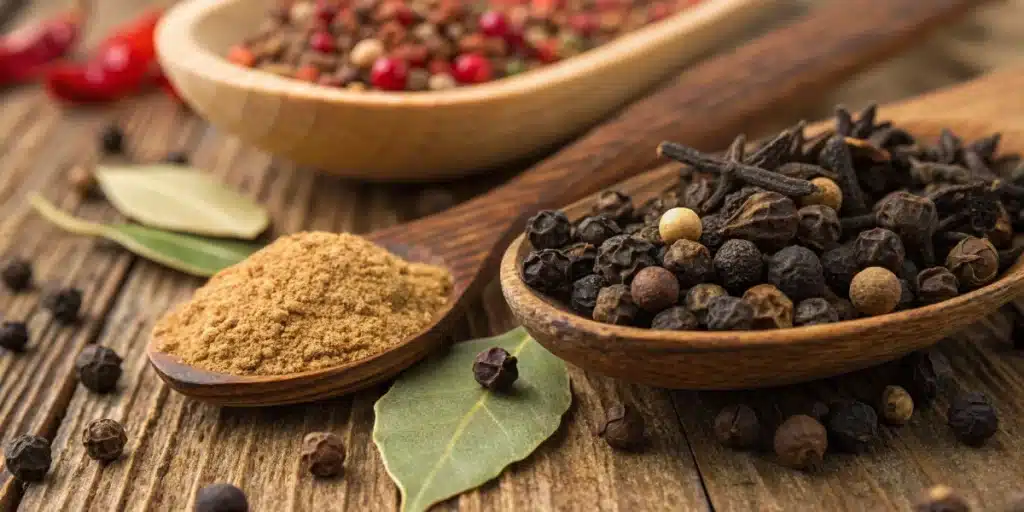
Mechanism of Action
Interaction with Cannabinoid Receptors
Terpene beta caryophyllene actively interacts with cannabinoid receptors in the body, especially the CB2 receptor. It triggers beneficial cellular responses by binding directly to these receptors. This active engagement produces measurable health benefits without delivering the psychoactive effects often associated with other cannabis compounds. Its capability to bind to receptors also enables users to experience therapeutic benefits in a safe manner. This dynamic interaction supports the compound’s widespread application in wellness.
The compound engages effectively with the body’s endocannabinoid system, modulating immune and pain responses. Researchers appreciate that terpene beta caryophyllene produces these effects through straightforward receptor activation. Its mechanism of interaction continues to encourage in-depth studies as scientists seek to maximize its benefits in clinical applications. Cultivators and consumers value its safety and effectiveness, which contribute to an improved quality of life.
Impact on the Endocannabinoid System
The endocannabinoid system maintains homeostasis within the body, and terpene beta caryophyllene influences this system dynamically. It helps regulate various physiological functions, including pain perception, mood, and immune responses. Many believe that its influence creates a balanced state that supports physical and mental health. This active modulation allows users to enjoy a natural boost in overall wellness. The compound fuels research aimed at maximizing natural therapeutic benefits.
By directly affecting endocannabinoid receptors, terpene beta caryophyllene supports processes that guide bodily harmony. Its active interaction may improve mood, reduce anxiety, and support immune function. Many health experts encourage the use of products rich in terpene beta caryophyllene, citing its positive impact on overall vitality. This compound continues to attract scientific interest as studies reveal its potential to foster improved bodily balance.
Extraction and Analysis Techniques
Methods for Isolating Beta Caryophyllene
Extracting beta caryophyllene from cannabis and other plants involves several advanced techniques. Experts apply methods such as steam distillation, CO2 extraction, and solvent extraction to isolate this compound successfully. Each technique offers unique benefits and challenges, affecting both the purity and the yield of the final extract. Growers and manufacturers prefer methods that maintain high levels of terpene beta caryophyllene while preserving its therapeutic properties. These techniques enhance the compound’s value and application potential.
Some extraction methods stand out by preserving the delicate properties of terpene beta caryophyllene more effectively than others. For example, CO2 extraction produces high-quality extracts with minimal contaminants, and steam distillation offers a traditional yet effective approach. Companies continuously innovate to optimize extraction processes, ensuring they capture the essence of terpene beta caryophyllene accurately. These methods contribute to the advancement of the cannabis industry and support consumer demands for purity and potency.
Laboratory Testing and Quality Control
After extraction, testing ensures that terpene beta caryophyllene remains pure and potent. Laboratories use techniques such as gas chromatography and high-performance liquid chromatography to analyze extracts and verify their composition. Experts demand rigorous quality control measures to assure consumers that the final product meets high standards. Companies conduct continuous testing to maintain transparency and foster trust among their customers. Active monitoring reassures users that they consume high-quality products every time.
Implementing strict quality control protocols, producers test each batch for contaminants and potency. These protocols help verify that terpene beta caryophyllene exhibits consistent performance across products. Industry leaders invest in state-of-the-art equipment to produce accurate results, ensuring that every product retains its therapeutic benefits. Reliable testing remains a cornerstone of excellence in the cannabis industry, helping maintain consumer safety and satisfaction.
Market Trends and Consumer Demand
Current Research and Product Development
The rising interest in terpene beta caryophyllene drives an expanding body of research and innovative product development. Manufacturers explore new formulations and consumption methods to highlight the compound’s benefits. Researchers invest time and funding to analyze its potential for managing pain, anxiety, and inflammation. These efforts have spurred the creation of oils, tinctures, and edibles that showcase terpene beta caryophyllene’s advantages. Consumers increasingly demand natural alternatives, and the market responds with diverse, high-quality products.
Innovative products incorporating terpene beta caryophyllene continue to emerge as the wellness market matures. Scientists work on formulations that optimize absorption and effectiveness without compromising flavor or aroma. Collaborations among researchers, manufacturers, and healthcare experts drive progress in product development. This convergence of efforts highlights the compound’s significance and confirms its viability as a natural therapeutic solution.
Future Prospects in Wellness Applications
The future for terpene beta caryophyllene appears bright as research continues to unveil its multifaceted benefits. Experts predict that the compound will assume an increasingly important function in natural health products and alternative medicine. Companies plan to expand their product lines to meet growing consumer interest in natural wellness solutions. Many anticipate that terpene beta caryophyllene will find broader applications in clinical settings, resulting in innovative treatments for various conditions. Its promising future inspires optimism among health professionals and consumers alike.
As consumer awareness of natural remedies increases, the market for terpene beta caryophyllene is set to expand significantly. Health experts explore its potential to complement conventional therapies and to serve as a foundation for entirely new treatment approaches. Investors and researchers show growing interest in its multifaceted benefits, which creates momentum in the industry. The future promises remarkable advancements in wellness applications that harness the true potential of terpene beta caryophyllene.

FAQs about terpene beta caryophyllene
What plants contain beta caryophyllene besides cannabis?
Beta caryophyllene exists in many plants, including black pepper, cloves, hops, and cinnamon. These plants contribute rich flavors and distinctive aromas to culinary dishes and natural remedies. Consumers enjoy exploring different sources of beta caryophyllene for both cooking and therapeutic uses. This diversity emphasizes its broad applicability in various industries. The compound’s versatility makes it a prominent candidate in flavor and wellness applications.
How does beta caryophyllene support anti-inflammatory effects?
Beta caryophyllene actively engages with the CB2 receptor in the endocannabinoid system, which helps regulate inflammatory responses in the body. This direct interaction supports a reduction in chronic inflammation and pain. Many users experience significant relief by consuming products rich in beta caryophyllene. Its anti-inflammatory effects have inspired researchers to further explore natural pain management strategies. This compound provides a natural alternative to traditional anti-inflammatory medications.
Are there any side effects associated with beta caryophyllene?
Most evidence shows that beta caryophyllene remains safe for consumption with very few reported side effects. Many individuals tolerate the compound well when they use products containing beta caryophyllene as part of a balanced wellness routine. Experts advise consulting healthcare professionals before starting any new supplement regimen. Users must listen to their bodies and monitor their responses when experimenting with natural compounds. This cautious approach ensures that the benefits of beta caryophyllene continue to outweigh any potential risks.


